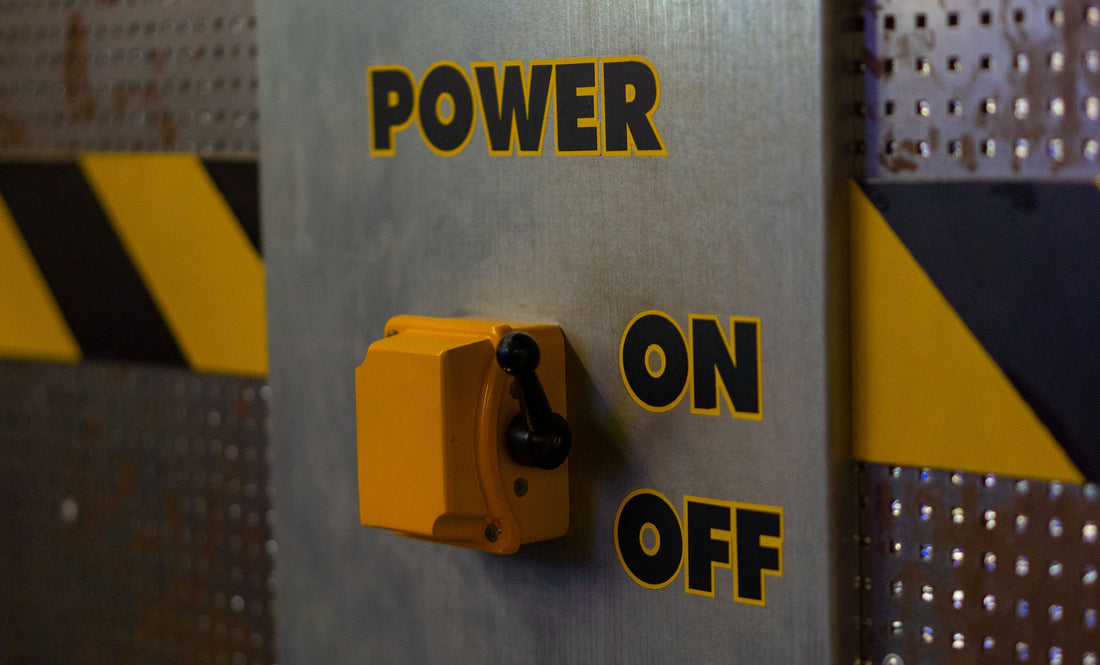This article covers the National Electric Code (NEC) rapid shutdown requirements for Solar projects and why it is necessary to comply to these standards in Solar Projects for maximizing safety. This requirement is meant to uphold electrical safety in energized systems. Electrical safety is important because hazards such as shock and arc flashes can result in catastrophic consequences.
Rapid Shutdown
Rapid shutdown requirement in solar projects is meant to provide a way to instantaneously isolate power from Solar panels during emergencies thus protect first responders from electrocution.
During emergencies such as fires, when the Inverter is switched off in an attempt cut off power, the conductors from the Solar Panels to the point of interconnection to the Inverter still carries current. This inherently increases risk of electrocution to first responders such as fire fighters. NEC 690.12 thus attempts to mitigate this risk by introduction of the rapid shutdown requirement at the Solar module level.
The first rapid shutdown requirement 690.12, was first included in the NEC in the year 2014 and brought about massive changes then in Solar project design. It has since been revised in the years 2017, 2020 and more recently 2023.
Previous Versions of NEC 690.12
2014 Version
In a brief and simplistic way, it states that conductors inside a building that are more than 10 ft from the PV array OR more than 5 ft into the building should be reduced to not more than 30V and 240 volt-amperes in a period of not less than 10 seconds upon activation of a rapid shutdown switch.
It also requires of rapid shutdown initiation methods or switches to be labelled in accordance with 690.56(B) – this requirement basically details how the marking should be done. This is to allow for easy visibility of this function whenever a rapid disconnection is required.
2017 Version
Amendments to the 2017 NEC code in regards to rapid shutdown include changing of the PV array from 10ft to 1 ft and inside the building distance from 5ft to 3ft. The voltage level at the conductors within the array should be reduced to 80V or less within 30 seconds of rapid shutdown switch activation. The controlled conductors within/inside the 1ft array boundary still should be reduced to 30V within 30 seconds.
In essence, reduction of voltage level within the conductors was delegated to the module level of the PV array under the 2017 version.
2020 Version
The 2020 version has no major changes in the rapid shutdown requirements but what is of notable importance is the addition of new terms/nomenclature to fit the then most recent developed technologies and standards. These rapid shutdown systems are referred as Hazard control systems.
Section 690.13 requires locking of PV system if it is located in an area where unqualified personnel have access to the disconnect system. This is meant to limit accessibility to energized parts of the solar system.
Rapid Shutdown devices
There exists two major types of rapid shutdown devices the string level and module level rapid shutdown devices. Module level devices are placed at the back of each solar panel and are controlled at a single point via a shutdown switch. For string level, a single shutdown switch is used for a number of solar panels.
Types of inverter systems were discussed in this article. Microinverter based systems are have in built rapid shutdown capabilities while inherently, string inverters inherently do not possess rapid shutdown capabilities but can be redesigned and upgraded to have this feature.
Safety is important to us and we want everyone to enjoy the benefits of solar systems while minimizing potential dangers. Hope this info is useful for your current and future solar builds. Also, browse through some of the JAG35 items for DIY Solar > here. Keep on building!
Article contributed to JAG35, written by Japhet K, Electrical Engineer at http://charged-engineering.com

